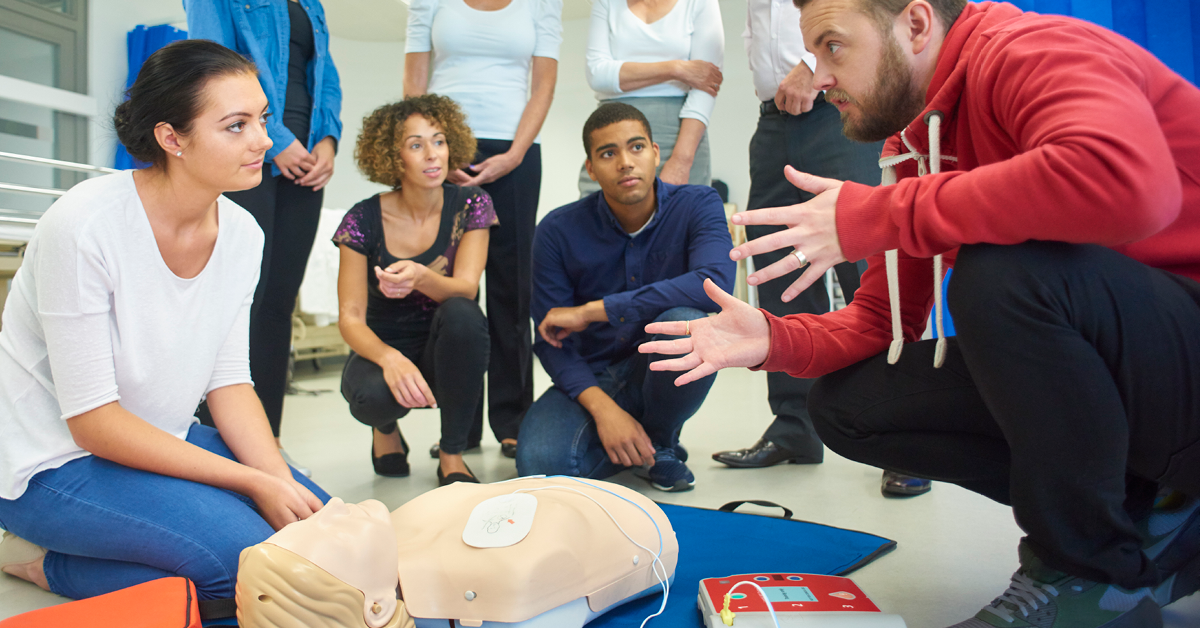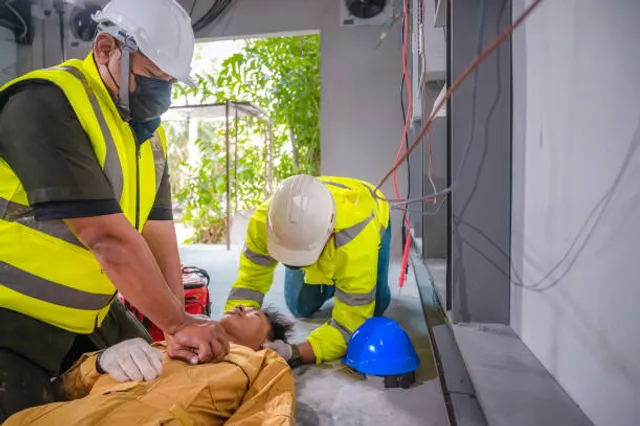CPR for Educators: Preparing Teachers for Emergency Situations

Strong 8k brings an ultra-HD IPTV experience to your living room and your pocket.
As learners, teachers are very important to their students' growth and well-being. They show kids the way, make them want to learn, and keep them safe while they grow up. One of the most important things a teacher needs to do, though, is be ready for emergencies. Teaching CPR (Cardiopulmonary Resuscitation) is one of the most important skills that teachers should have. Taking a course in either CPR or first aid and CPR can give teachers the skills and courage they need to handle emergencies.
The Importance of CPR for Educators
Accidents and medical emergencies can happen anywhere, like in the classroom, on a school trip, or during events outside of school. Teachers need to be ready for anything that could happen, from a student choking on a snack to a quick illness like a heart attack. Even though schools have trained staff like nurses, these kinds of situations usually happen when medical help is not immediately available. It could mean the difference between life and death if the teacher knows how to do CPR.
Getting CPR training is very important for teachers because it gives them the skills to help people who are having a heart attack or other emergencies. Performing CPR helps keep blood flowing to important organs, especially the brain, and can greatly improve the chances of survival until help arrives. Knowing how to do CPR means that teachers can help a student right away, which could save their life.
Key Benefits of CPR and First Aid Training for Educators
1. Quick Response Time
In a medical situation, you need to act quickly. Immediate action is critical to increasing survival rates, especially in situations like cardiac arrest. By completing a CPR course, teachers will be able to react quickly and efficiently, ensuring that help is on the way without wasting precious time.
2. Confidence in Handling Emergencies
Teachers are often the first to respond to any crisis that occurs during school hours. Knowing that they are trained to handle emergencies, including administering CPR, gives teachers the confidence to stay calm under pressure. This can also help them manage their students and provide comfort during stressful situations.
3. Enhanced Student Safety
It is always important to put the safety and health of children first. By teaching CPR to their staff, schools can make sure they are giving their kids a safe place to be. A teacher who has completed a first aid and CPR course can quickly assess the situation, make informed decisions, and provide lifesaving measures while waiting for professional help to arrive.
4. Workplace Compliance
In some regions, school districts or organisations may require that teachers and staff members be certified in CPR and first aid. By taking a CPR course, teachers can make sure they meet these requirements and keep their skills up to date so they can keep the classroom safe for all kids.
What to Expect from a CPR and First Aid Course
A comprehensive CPR and first aid course covers both basic life-saving skills and more advanced medical techniques. These courses are designed to teach educators how to perform CPR on infants, children, and adults. It also includes instruction on using an Automated External Defibrillator (AED), a crucial tool for restoring heart rhythm during sudden cardiac arrest.
In addition to CPR, the course also covers first aid techniques such as wound care, treating burns, managing asthma attacks, and responding to allergic reactions. With hands-on practice and instructor guidance, teachers will learn how to assess the situation, prioritise their actions, and provide the best possible care until medical professionals arrive.
How to Enrol in a CPR Course
Teachers can enrol in CPR courses through local hospitals, community centres, or online providers. Many organisations offer convenient online CPR and first aid courses, which allow teachers to complete the training at their own pace. In-person courses are also available, offering a more hands-on approach to learning life-saving skills.
Some institutions even provide specialised CPR training for educators, ensuring the course content is tailored to the specific needs of a school setting. Accreditation bodies usually recognise these classes, which ensures that the certification is valid and accepted by many.
Conclusion
CPR training is an essential skill for educators, as it empowers them to respond to medical emergencies with confidence and competence. Whether it’s a minor injury or a life-threatening event, a CPR course or a first aid and CPR course provides teachers with the knowledge and skills to save lives. By being prepared, educators not only protect their students but also contribute to a safer, more secure learning environment. With CPR and first aid training, teachers can truly make a difference in the most critical of situations.
Note: IndiBlogHub features both user-submitted and editorial content. We do not verify third-party contributions. Read our Disclaimer and Privacy Policyfor details.







